The Pixar Theory is a theory which suggests that all the movies created by Pixar are inter-related. They exist in a shared universe, spanning different timelines. With all the rage about “cinematic universes” that Marvel Studios and Warner Bros. (with DC) have put up in the last decade, we take a look at how Disney/Pixar may have perfected such a style of storytelling well before any of the others did.
Brave
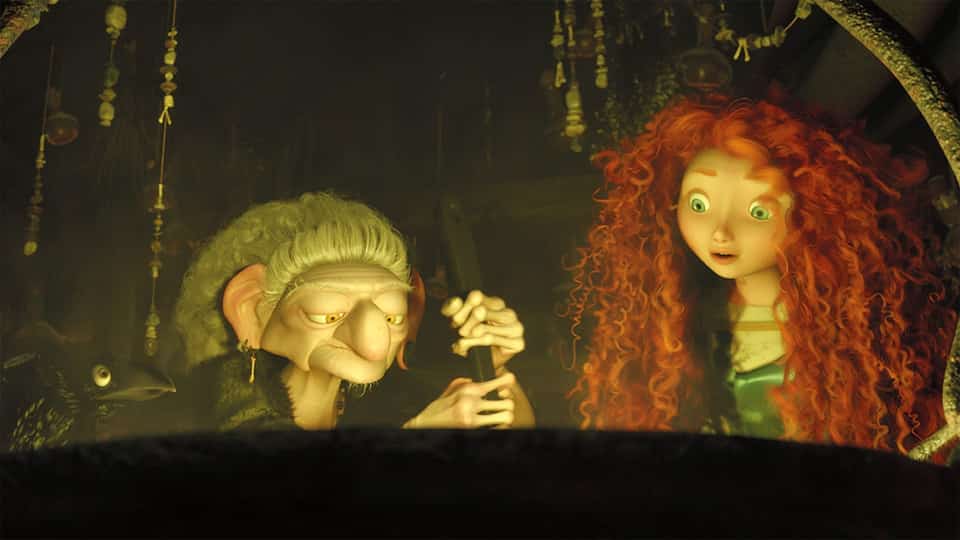
The first film, Brave, is set in the the 14th or 15th century. In this, Merida discovers magic, which gives animals and inanimate objects the power to behave like humans, marking the beginning of a new era. We also get introduced to a witch, who keeps vanishing through doors.
The Incredibles (1960)

The Robot from The Incredibles
The second film is The Incredibles, set in the 1950s-1960s, where we see machines eradicating their only threat−superheroes, and turning public opinion against them.
Toy Story 1 and 2 (1997-1999)
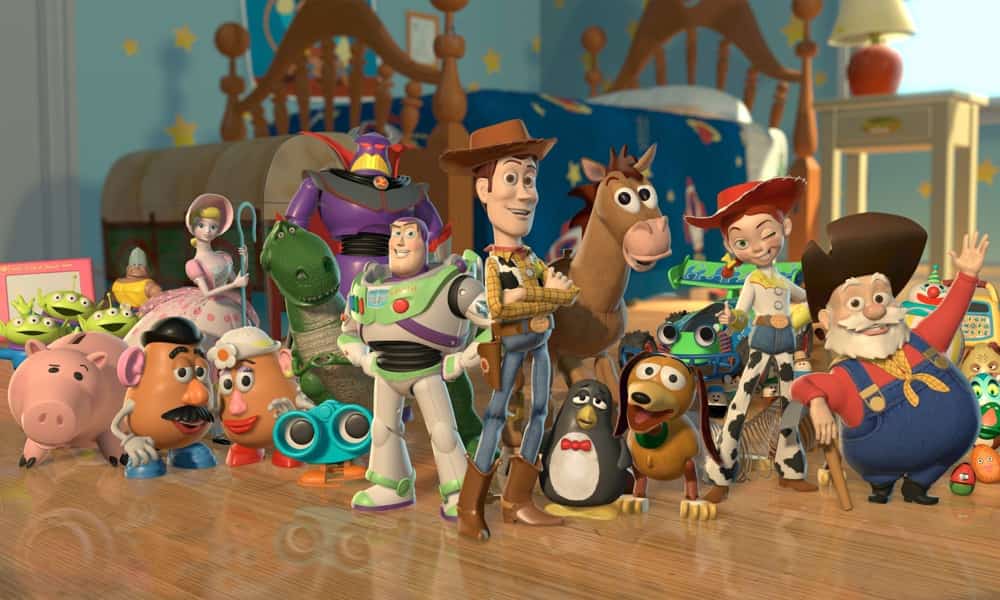
The next two films are Toy Story 1 and 2, in which toys start to show signs of life. They also start questioning their purpose in life, as they rely on humans for everything.
They realize that they lose all life when put away in “storage”.
Finding Nemo (2003)
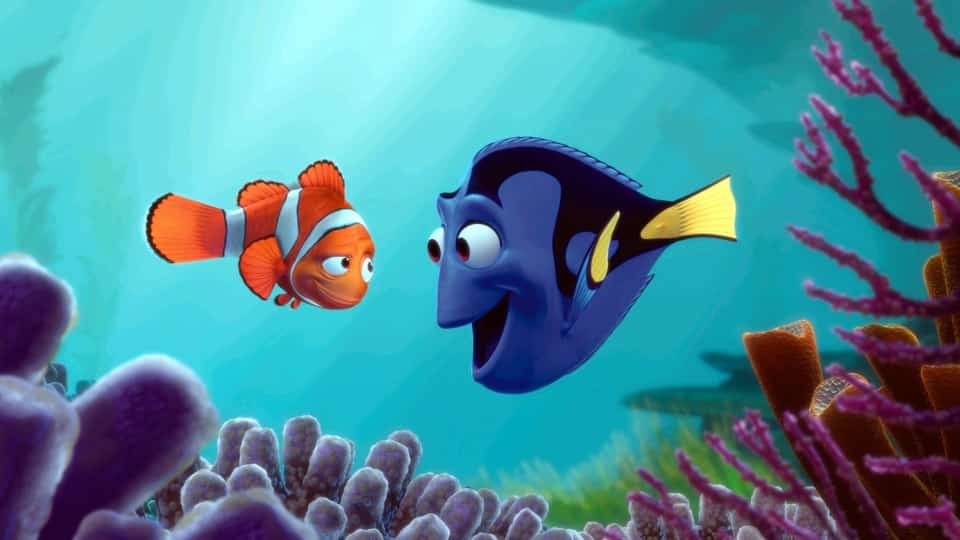
We see the oceanic habitat, with fish and other aquatic animals being extremely advanced. Animals begin to be more curious and show more human characteristics.
Ratatouille (2007)
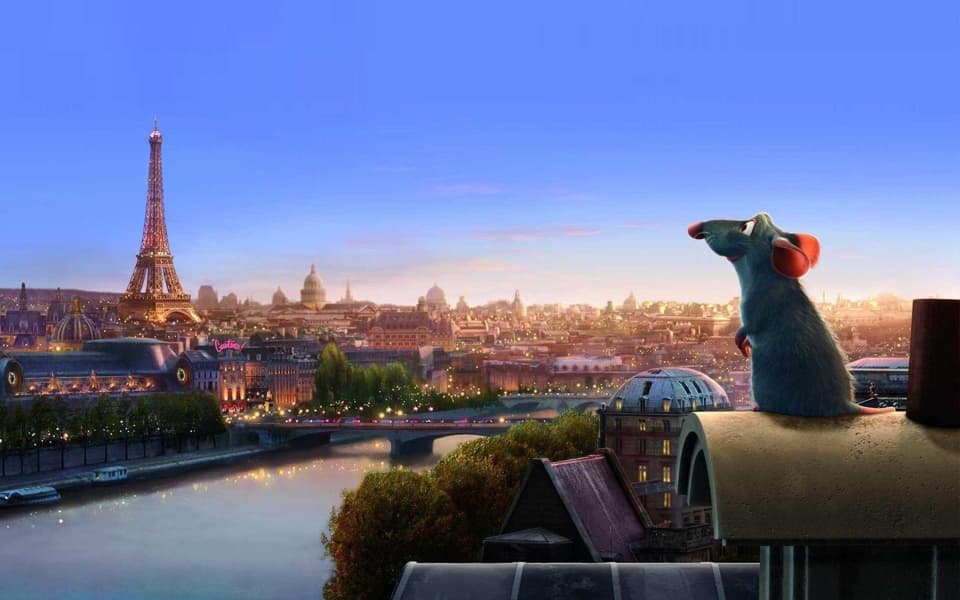
Next is Ratatouille, where Remy discovers his love for cooking and displays human characteristics. He helps Linguini, even though his clan disapproves of him working amongst humans.
Toy Story 3 (2010)
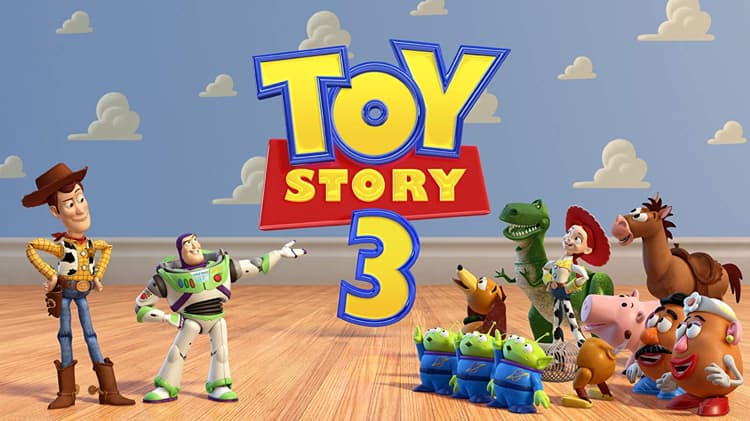
It shows the toys being physically and emotionally abused by humans.
This provides yet another reason why machines and objects alike are ready to take over.
Up (2011-2016)
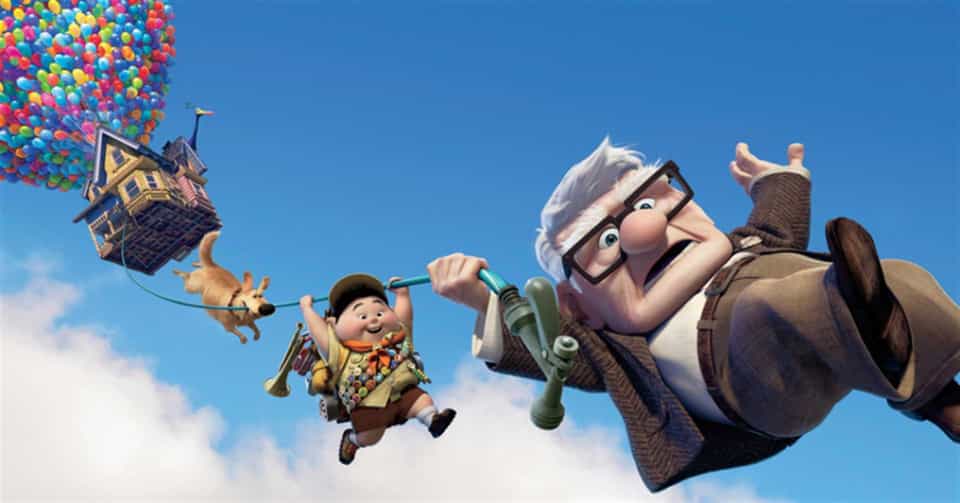
It features Carl being driven out of his home by a corporation (BNL), indicating that the age of technology has come. Carl discovers that animals can communicate with humans, and sees the bitterness that they have. This is the start of the tipping point between animals and humans.
Cars and Cars 2 (2100-2200)
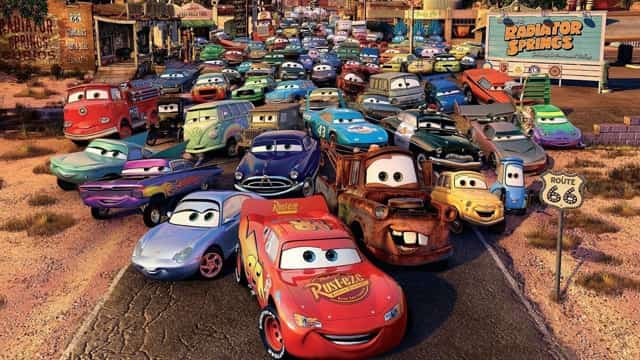
In Cars, after the animals rose up against the humans, the machines saved the humans and they won the war. However since humans won because of machines, it tipped the balance on Earth and it became an unfit planet for humans and animals, so the remaining humans were put on Axiom, another planet.
In Cars 2, cars went to Europe and Japan which shows that its the same planet as all the other Pixar movies, however there are no humans throughout the world. The world at this time ends up with an energy crisis as oil is the only energy used for cars and becomes unfit to sustain life.
Wall-E (2800-2900)
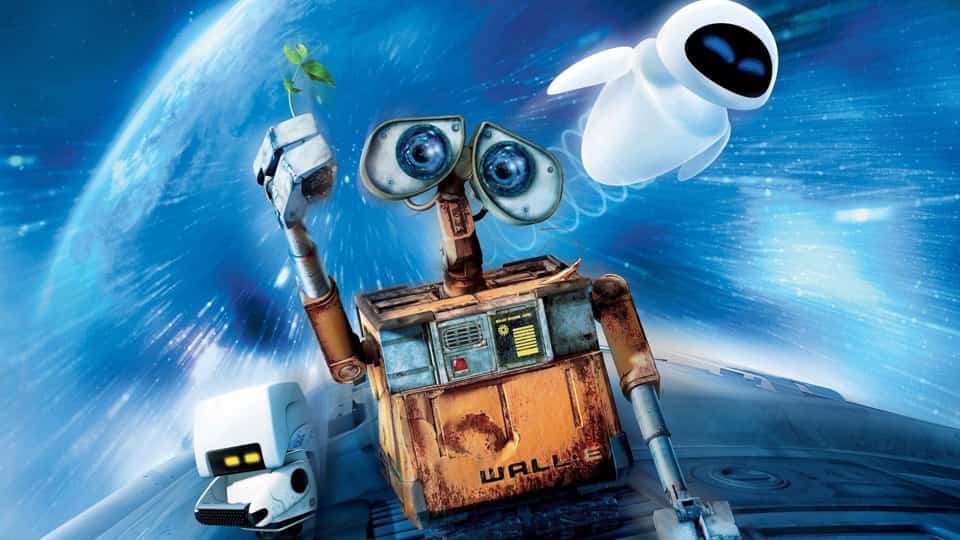
Earth became uninhabitable for hundreds of years, after the energy crisis. Wall-E was the only machine left on Earth after it ran out of resources. He survived because he was fascinated with human culture and his friendship with a cockroach, which helped maintain his personality. This shows that machines develop a sense of purpose out of the humans’ dependence on them. He remembered the times when humans and machines lived in peace, away from all of the pollution caused by both sides.Wall-E and Eve, save the human race and rebuild society back on Earth again.
A Bug’s Life (2898-3000)
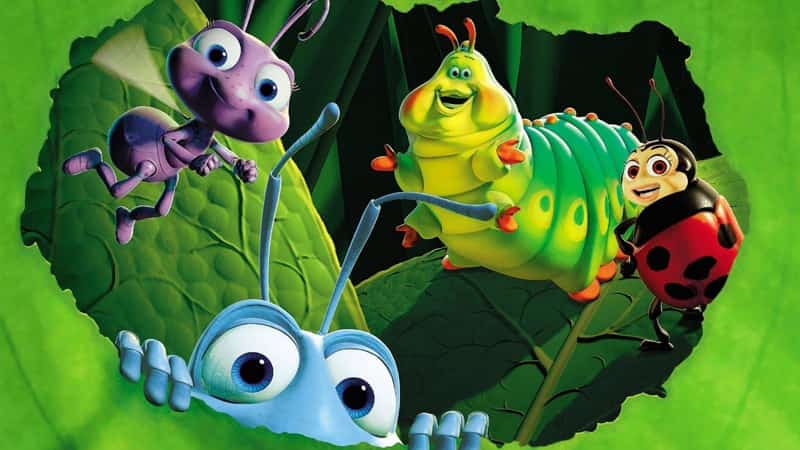
In A Bug’s Life, animals start evolving into the dominant species. They have longer life spans now. The bugs practice human activities similar to what the rats in Ratatouille were just experimenting with, which leads to speculation that this film is in the future, and set after Wall-E.
Monster’s University and Monster’s Inc.
(4500-5000)
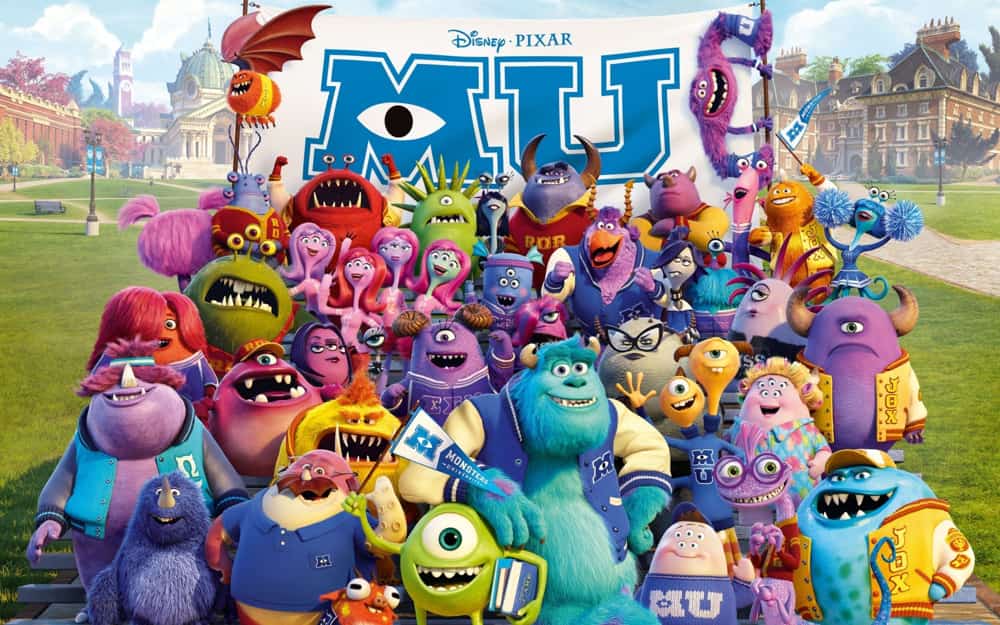
Hundreds of years after Wall-E, animals started evolving into monsters due to radiation (because of BNL) and accidentally wiped humans off the face of the planet. At Monsters University, they taught the monsters that humans were toxic and from another dimension. This was because they didn’t want to be completely erased from existence.
Monsters and machines didn’t realize that they made a mistake by getting rid of humans until it was too late. They eventually realized that humans were their only source of energy, and were essential to sustain life. Machines help solve that by letting monsters use doors to time travel to the human generations.
We can even see a connection between A Bug’s Life and Monsters Inc.- the trailer. The trailer looks exactly the same, except the one in A Bug’s Life is noticeably older and more run down, while the one in Monsters Inc. (where Randall is sent through a door) has humans and looks quite new.
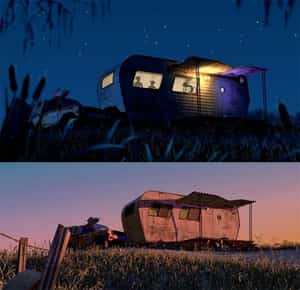
This leads us to Boo. Little Boo never got over Sulley and became obsessed with finding out what happened to him. She remembered that doors were the key to finding Sulley. Later on, she figured out how to time travel and went back to the source of all magic. She creates magic to find Sulley by using wood. She leaves behind evidence in Brave, in the form of wood carvings of Sulley and the Pizza Planet truck (two of her favorite things), which leads us to believe that she is actually the witch from Brave.

Although she knew how to travel through time, she did not know how to determine what time period she would go to.Therefore, according to popular opinion, it is believed that Boo is the one planting the Easter eggs throughout all the Pixar movies when she accidentally time travels into different time periods.
This evidence leads us to believe that all the Pixar films are, indeed, inter-related, and just exist in different time periods.



